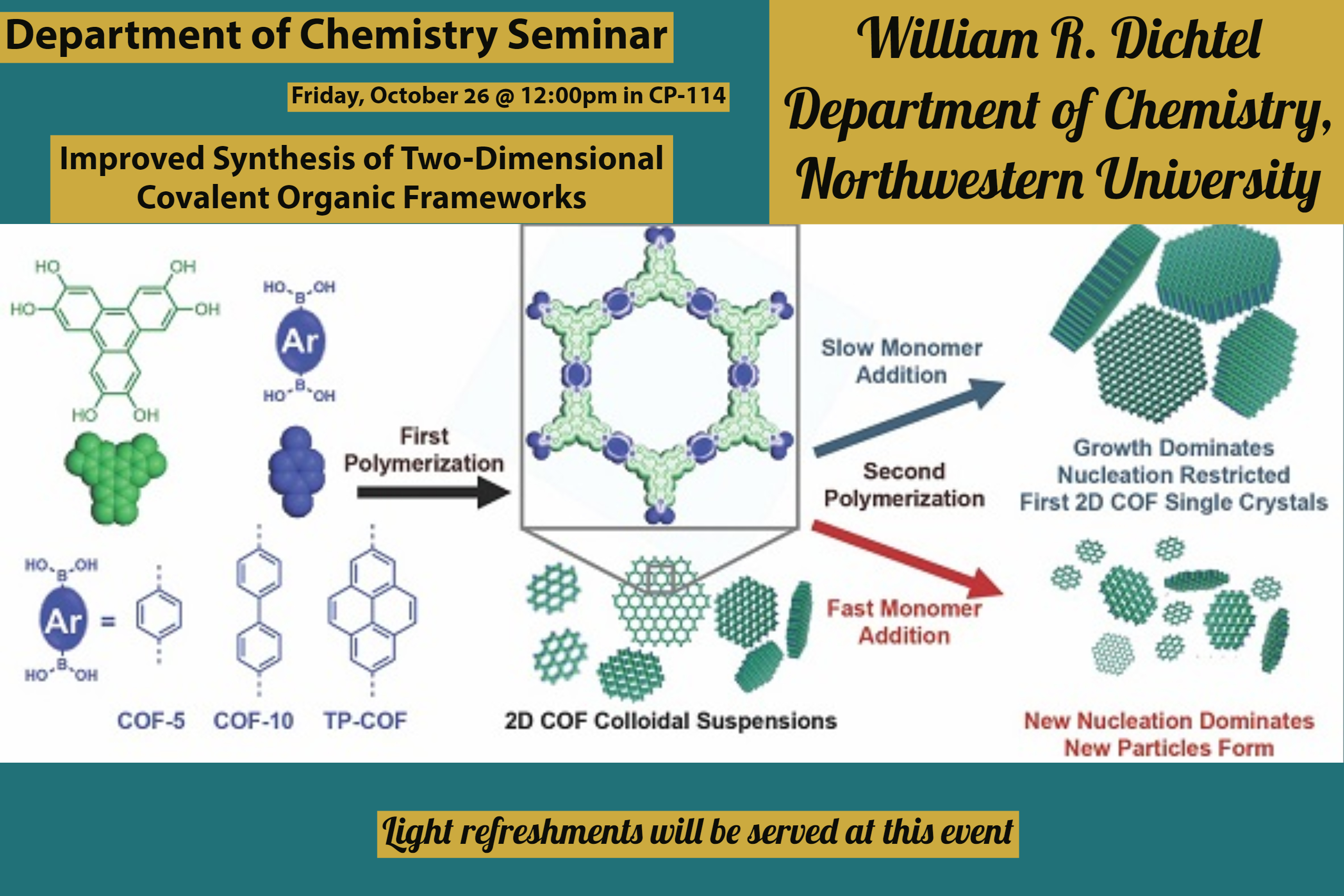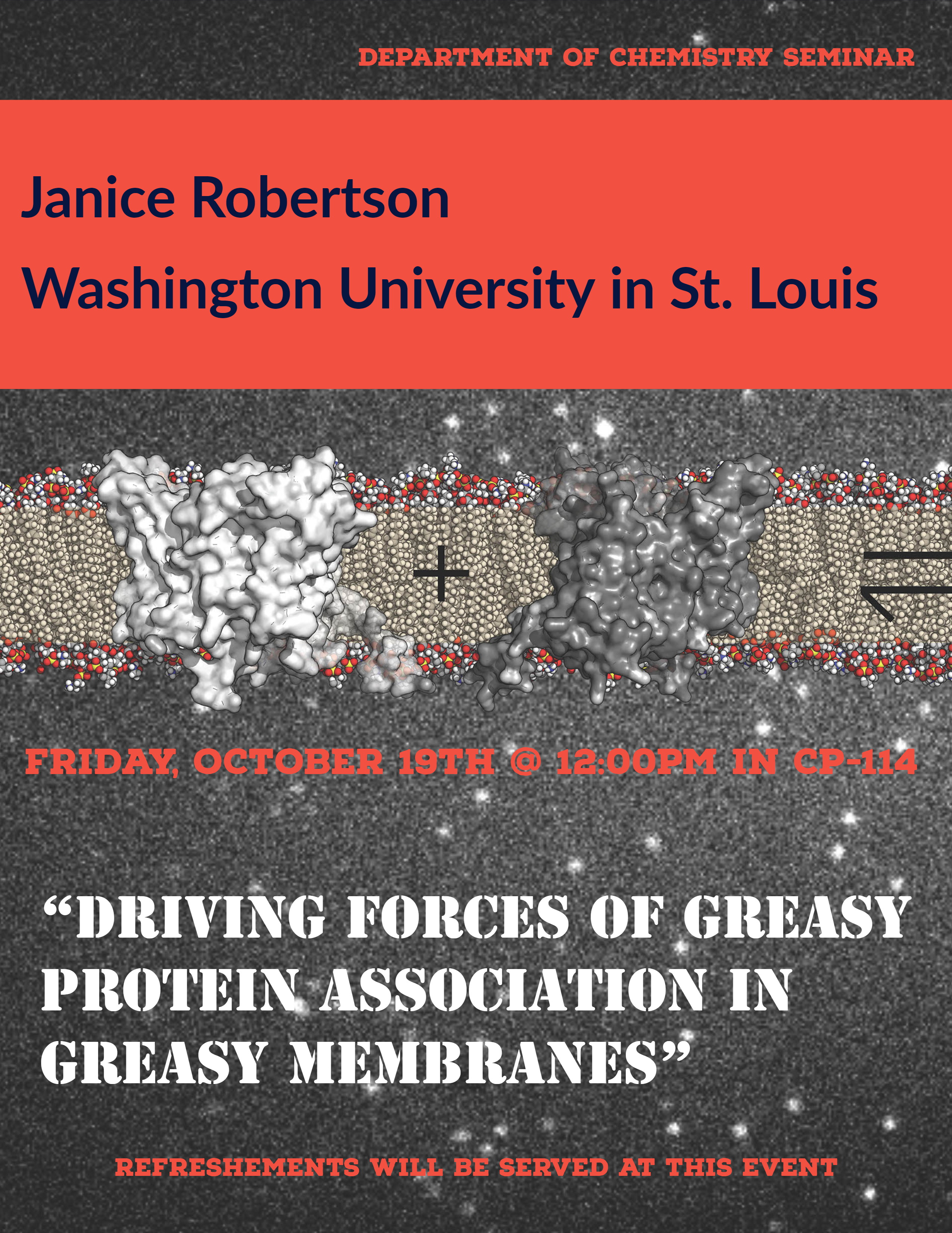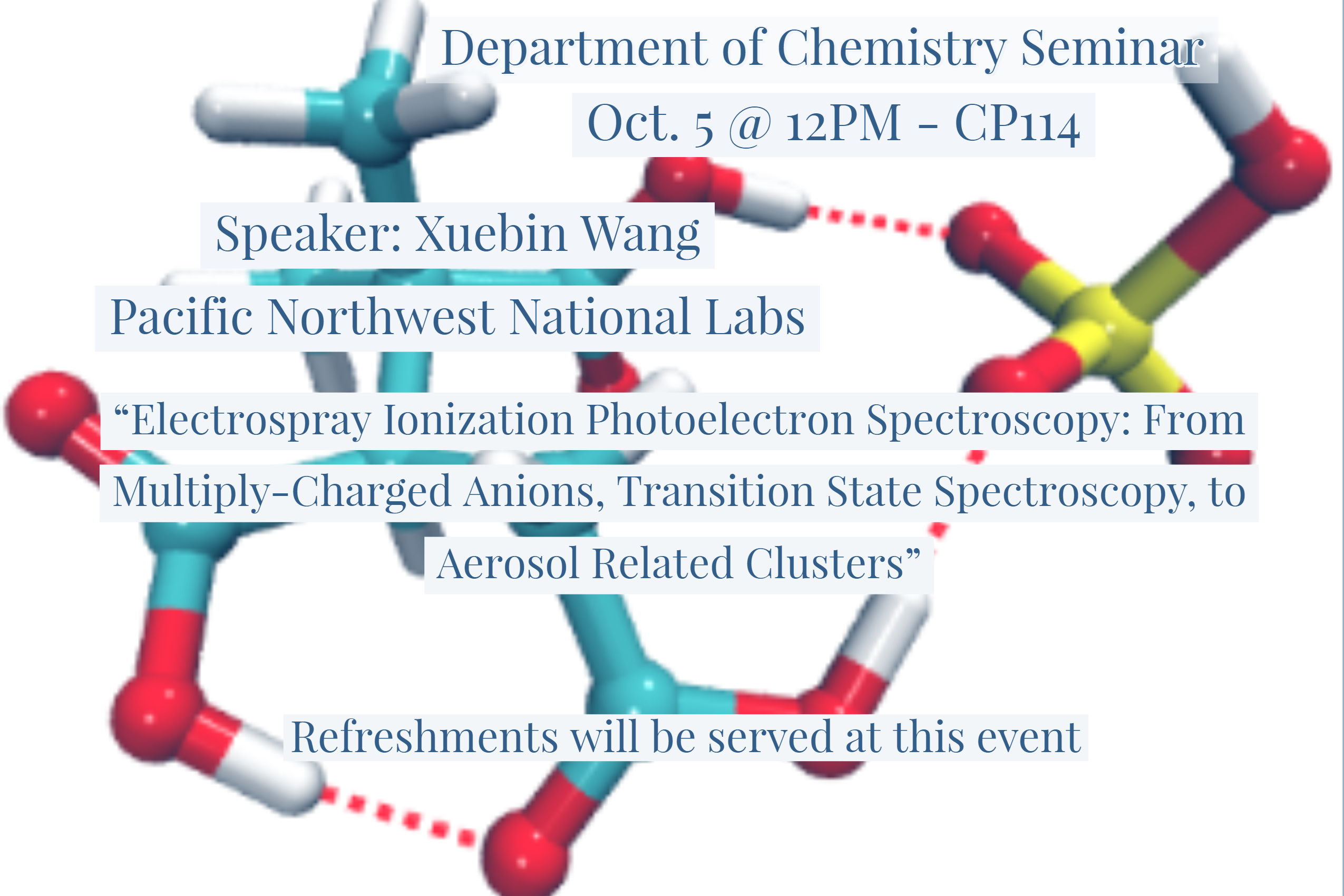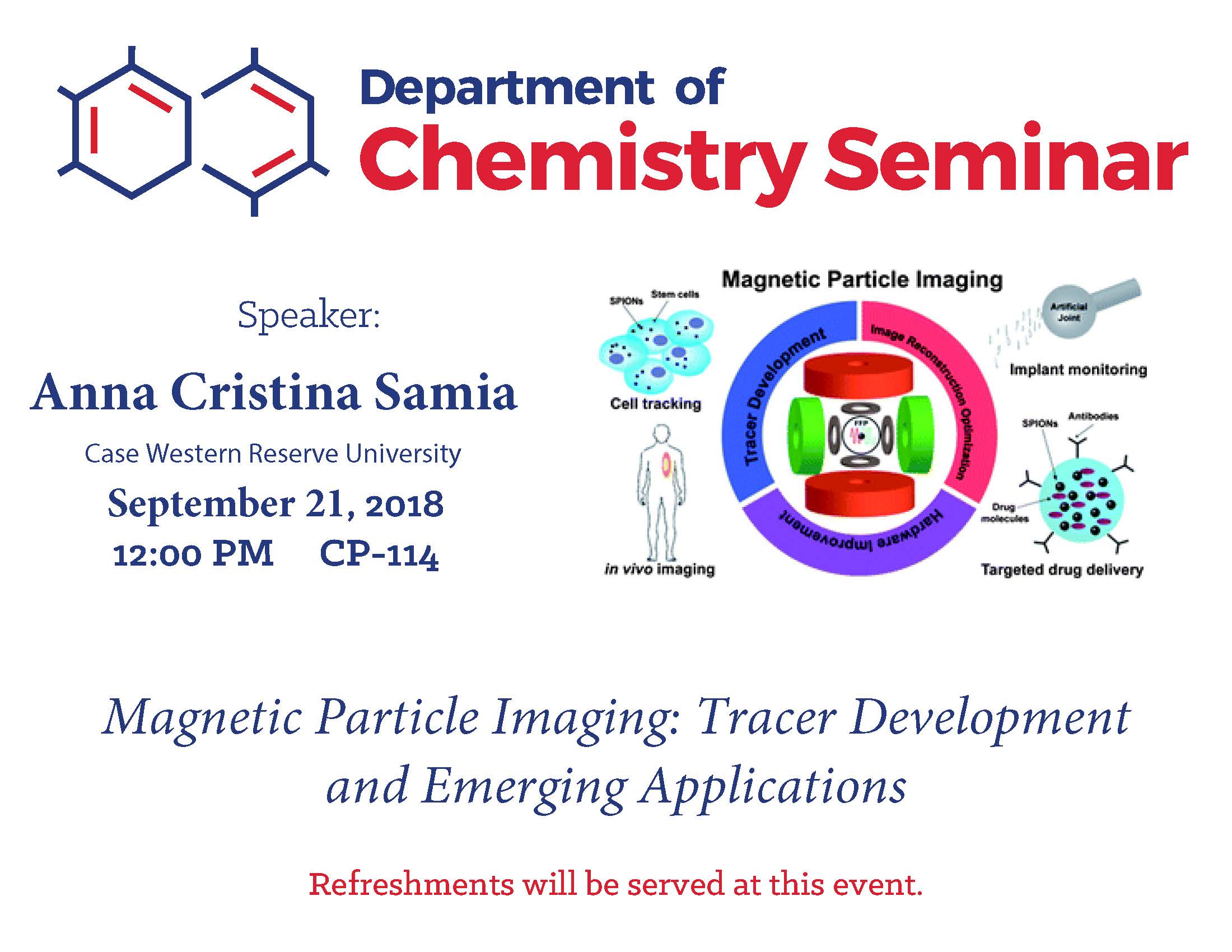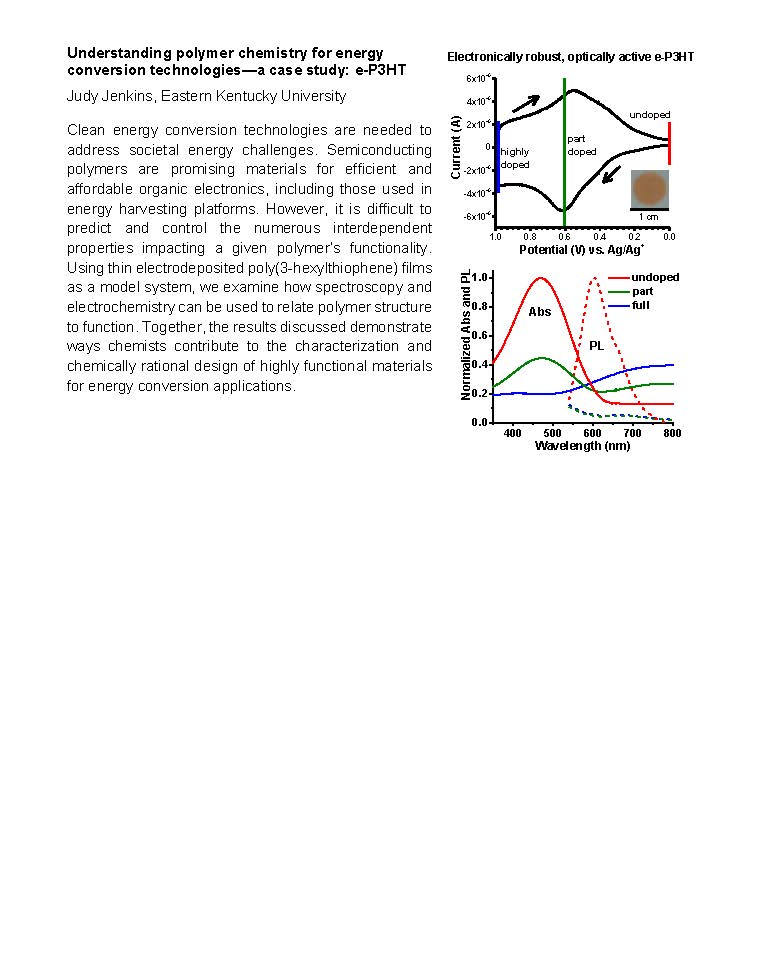
Abstract
Lignin remains one of the most significant barriers to the efficient utilization of lignocellulosic substrates, in processes ranging from ruminant digestibility to industrial pulping, and in the current focus on biofuels production. Inspired largely by the recalcitrance of lignin to biomass processing, plant engineering has routinely sought to alter lignin quantity, composition, and structure by exploiting the inherent plasticity of lignin biosynthesis.
More recently, researchers are attempting to strategically design plants for increased degradability by incorporating monomers that lead to a lower degree of polymerization, reduced hydrophobicity, fewer bonds to other cell wall constituents, or novel chemically labile linkages in the polymer backbone.1,2 The incorporation of value-added structures could also help valorize lignin. Designer lignins may satisfy the biological requirement for lignification in plants while improving the overall efficiency of biomass utilization. Although possibilities abound, maintaining plant health is paramount and, ultimately, the plants themselves will dictate which of these approaches can be tolerated.
One such method, via the so-called ‘zip-lignin’ approach, is showing particular promise.3-5 Poplar has been engineered to incorporate monolignol ferulate conjugates into the lignification process, by using an exotic transferase gene, FMT, and a xylem-specific promoter.5 This results in the introduction of readily cleavable ester linkages into the backbone of the polymer, and delivers significantly improved processing. Various applications for which these altered trees appear superior are only just beginning to be explored. Now that we have sensitive methods for determining if/when/whether plants are making monolignol ferulate conjugates and using them for lignification, it appears that Nature herself may have already been exploring this avenue.6 In attempting to modify monocot lignins, another transferase appears to be useful for improving cell wall digestibility. This involves p-coumaroylation of the lignin. Although this occurs naturally in monocots, it is not evident in dicots, but providing dicots with that pathway has interesting implications.7,8
Nature continues to inspire us with new avenues toward lignin modification that have potential value for various processes. For example, the ramifications of finding that grasses are using tricin, a flavone from beyond the monolignol biosynthetic pathway, to start lignin chains are interesting; tricin itself is valuable, and plants with tricin knocked out have higher lignin and lower CW digestibility.9-13
1. Mottiar Y, Vanholme R, Boerjan W, Ralph J, & Mansfield SD (2016) Designer lignins: harnessing the plasticity of lignification. Current Opinion in Biotechnology 37(1):190-200.
2. Rinaldi R, Jastrzebshi R, Clough MT, Ralph J, Kennema M, Bruijnincx PCA, & Weckhuysen BM (2016) Paving the way for lignin valorisation: Recent advances in bioengineering, biorefining and catalysis. Angewandte Chemie (International Edition) 55(29):8164-8215.
3. Grabber JH, Hatfield RD, Lu F, & Ralph J (2008) Coniferyl ferulate incorporation into lignin enhances the alkaline delignification and enzymatic degradation of maize cell walls. Biomacromolecules 9(9):2510-2516.
4. Ralph J (2010) Hydroxycinnamates in lignification. Phytochemistry Reviews 9(1):65-83.
5. Wilkerson CG, Mansfield SD, Lu F, Withers S, Park J-Y, Karlen SD, Gonzales-Vigil E, Padmakshan D, Unda F, Rencoret J, & Ralph J (2014) Monolignol ferulate transferase introduces chemically labile linkages into the lignin backbone. Science 344(6179):90-93.
6. Karlen SD, Zhang C, Peck ML, Smith RA, Padmakshan D, Helmich KE, Free HCA, Lee S, Smith BG, Lu F, Sedbrook JC, Sibout R, Grabber JH, Runge TM, Mysore KS, Harris PJ, Bartley LE, & Ralph J (2016) Monolignol ferulate conjugates are naturally incorporated into plant lignins. Science Advances 2(10):e1600393.
7. Smith RA, Gonzales-Vigil E, Karlen SD, Park J-Y, Lu F, Wilkerson CG, Samuels L, Mansfield SD, & Ralph J (2015) Engineering monolignol p-coumarate conjugates into Poplar and Arabidopsis lignins. Plant Physiology 169(4):2992-3001.
8. Sibout R, Le Bris P, Legee F, Cezard L, Renault H, & Lapierre C (2016) Structural redesigning Arabidopsis lignins into alkali-soluble lignins through the expression of p-coumaroyl-CoA:monolignol transferase PMT. Plant Physiology 170(3):1358-1366.
9. del Río JC, Rencoret J, Prinsen P, Martínez ÁT, Ralph J, & Gutiérrez A (2012) Structural characterization of wheat straw lignin as revealed by analytical pyrolysis, 2D-NMR, and reductive cleavage methods. Journal of Agricultural and Food Chemistry 60(23):5922-5935.
10. Lan W, Lu F, Regner M, Zhu Y, Rencoret J, Ralph SA, Zakai UI, Morreel K, Boerjan W, & Ralph J (2015) Tricin, a flavonoid monomer in monocot lignification. Plant Physiology 167(4):1284-1295.
11. Lan W, Rencoret J, Lu F, Karlen SD, Smith BG, Harris PJ, del Rio JC, & Ralph J (2016) Tricin-lignins: Occurrence and quantitation of tricin in relation to phylogeny. The Plant Journal 88(6):1046-1057.
12. Lan W, Morreel K, Lu F, Rencoret J, del Rio JC, Voorend W, Vermerris W, Boerjan W, & Ralph J (2016) Maize tricin-oligolignol metabolites and their implications for monocot lignification. Plant Physiology 171(2):810-820.
13. Eloy NB, Voorend W, Lan W, Cesarino I, Vanholme R, de Lyra Soriano Saleme M, Goeminne G, Pallidis A, Morreel K, Nicomedes J, Ralph J, & Boerjan W (2017) Silencing chalcone synthase in maize impedes the incorporation of tricin into lignins and increases lignin content. Plant Physiology 173:998-1016.
